Our creativity
EASTER IN SLOVAKIA
(CUSTOMS AND TRADITIONS)
Easter is a spring holiday. It belongs to the Christian holidays connected with martyrdom and resurrection of Jesus Christ. Christians prepare for these holidays for forty days, a period called Lent, which begins on Ash Wednesday. Holy Week itself begins with Palm Sunday and Easter finishes with White Sunday (the second Sunday of Easter).

Easter also includes many symbols, e.g. eggs, which symbolize fertility, renewal and continuity of life, and fire with water as magical-cleansing agents. Some types of food, such as young vegetable dishes (usually nettle), are intended to strengthen health and strength; cereal dishes should have a positive effect on the crop, pork should bring wealth.

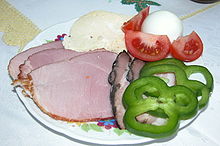
PALM SUNDAY
Palm Sunday precedes Easter. It celebrates Christ´s coming to Jerusalem. There are three moments connected with this holiday: the blessing of the branch, the reading of the passions and the celebration of the Holy Mass.

Green branches inevitably belong to the Easter holidays. The flowering willow osiers, known as pussy willows, were consecrated by the priest with prayers, incense and holy water on Palm Sunday. Upon arrival from the church, people stuck the pussy willows behind the paintings or behind the wooden beam on the attic to protect the house from lightning. In the past, meals such as cooked poppy seed pasta were consumed on this day to grow long ears of corn on the grain. They cooked legumes somewhere.
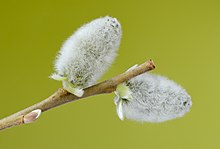
HOLY/SPY WEDNESDAY
On this day, soot is swept from the dwellings, it means that houses are cleaned and prepared for the holidays.
MAUNDY THURSDAY
The name probably comes from the fact that only green food (vegetables) was to be eaten on this day.
Some customs on Maundy Thursday:
- People got up early, washed with dew to prevent various diseases. Then they prayed.
- The housewives got up early to sweep the house before sunrise. They took the rubbish to a crossroads so that fleas would not stay in the house.
- People ate honey on this day, which was supposed to benefit their health.
- There was no work in the afternoon. “Judáše”, special cheese ceremonial cakes made of leavened dough, were baked.
- According to tradition, when the bells ring for the last time, you have to jingle money to keep it all year round.

GOOD FRIDAY
The name was derived from a big secret. It is a reminder of the day of the death and crucifixion of Jesus Christ, so it is experienced as a day of fasting in the sign of sorrow, silence and contemplation. At this time, believers gather for a special worship service – they kneel in front of the cross, prayers are given for the great pains of the whole world.

In many churches, the piety of the Way of the Cross takes place. The piety also included the revelation and worship of the Holy Cross.
Customs and superstitions associated with Good Friday:
- It is a fasting day – people limit the consumption of meat.
- People got up before sunrise, went to wash in the creek to protect themselves from disease.
- Nothing could be borrowed on this day, because the borrowed thing could be enchanted. People believed in witches and casting a spell over them.
- No work was done in the field or in the orchard, so as not to move the ground.
- They went from house to house and announced noon. The housewife prepared a gift in the form of dried fruit, pastries, eggs and sometimes small change.
HOLY SATURDAY
It is called Non-liturgical day. Holy Mass and other sacraments are not celebrated on this day. Long- lasting fasting also ends on Holy Saturday.
Holy Saturday – customs and traditions:
- Crosses were formed from the charred woods and carried into the field to be fertile.
- Somewhere, coals were put behind the beams of the houses to protect them from fire.
- It was also cleaned on Saturday.
- Ceremonial and festive dishes were prepared, Easter cakes called “mazance” and Easter lambs were baked, willow knouts were woven, or birches were tied and eggs were decorated. Pork was prepared, but also lamb.
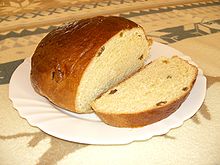

EASTER SUNDAY – EASTER FEAST DAY
Easter Sunday is the day of the celebration of the resurrection of the crucified Jesus Christ. In many villages in Slovakia, people brought various meals to the church on this day to be consecrated by a priest. Each visit received a piece of sacred food. Easter lambs are baked.
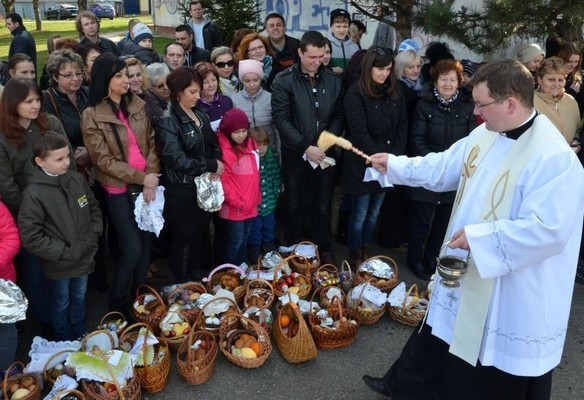
EASTER MONDAY
This day is a day of whipping, pouring and feasting. These customs differ in each of the three regions of Slovakia. In Western Slovakia, boys whip girls, in Central Slovakia they whip and also pour water on them and in Eastern Slovakia they only pour water on them. This custom guarantees girls that they will be beautiful and healthy. The boys go from house to house to the girls with woven knouts, mostly of willow osiers, decorated with ribbons. For each whipping or pouring accompanied with a wish, the girl ties a ribbon to his knout. They also receive painted eggs, sweets, refreshments and sometimes money.
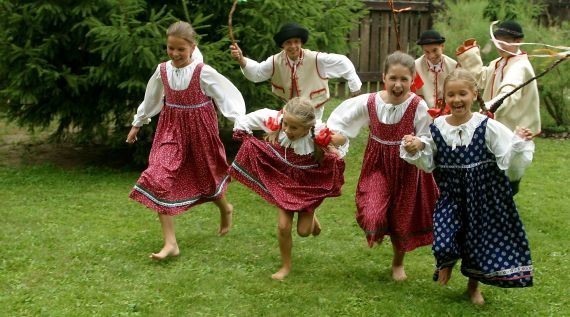

Somewhere it is customary for girls to go with the knout and whip boys on Tuesdays, elsewhere they pour water on the boys. In many villages, it was customary to lurk for the girls in the morning as they went to church.
SECOND SUNDAY OF EASTER
Second Easter Sunday – the newly baptized wore a white robe for the last time on this day. Today it is often the day of the solemn first holy communion.
EASTER EGGS
Women and girls prepare Easter eggs. The easiest way is to cook eggs together with onion peels or other plants. In the past, paints were purchased to colour eggs and various patterns were scraped into the coloured eggs.
Other ways to decorate eggs:
- waxing and dipping in paint,
- gluing cut straw,
- soaking in paint and creating patterns with a pin,
- wiring eggs,
- wrapped in cotton,
- scraping shapes,
- madeira eggs.


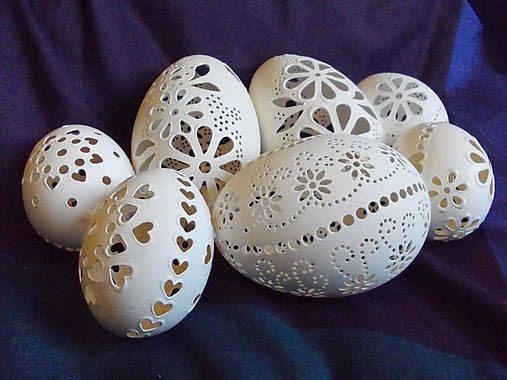 Pictures Resources.docx
Pictures Resources.docx
EASTER IN OUR SCHOOL
This year our pupils talked about Easter together with our teachers. They explained them the meaning of Easter, they talked about our traditions, symbols and customs - pouring with water, whipping with knouts and painting Easter eggs.
They also made some beautiful Easter creations. You can see them in the publication.